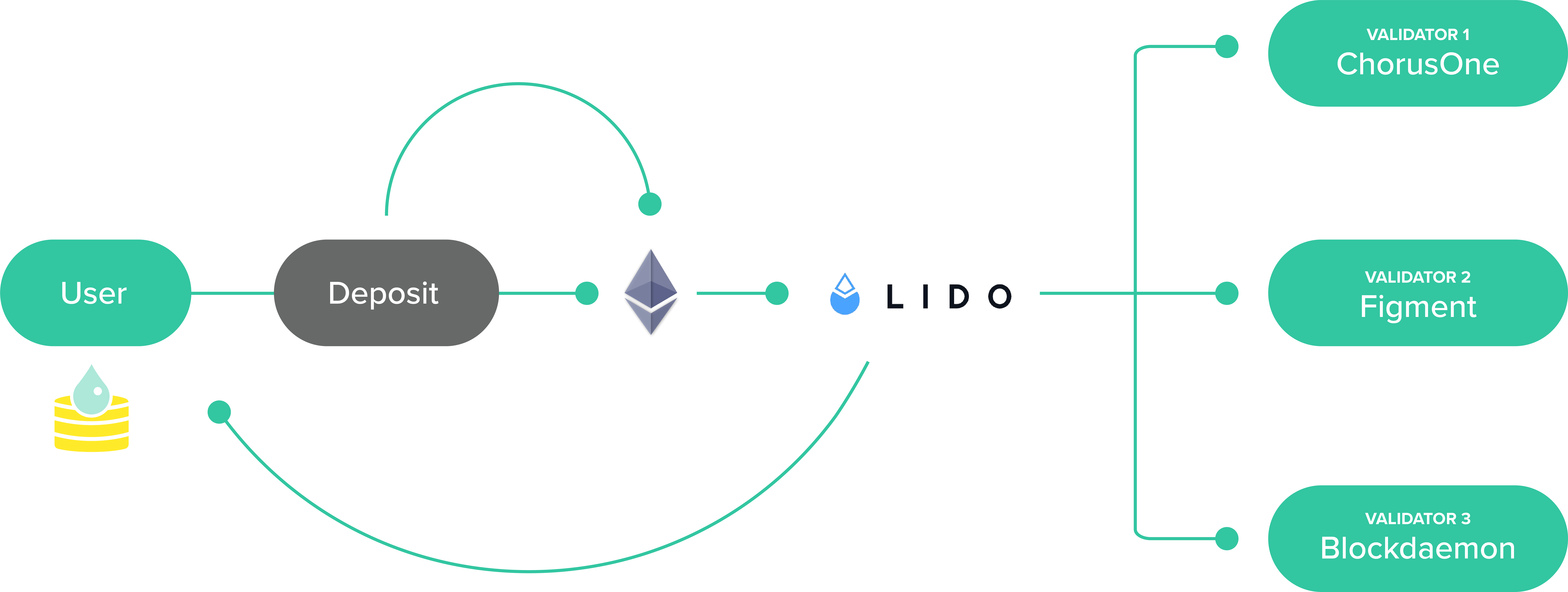
Liquid staking reduces the minimum threshold required to earn block rewards and simultaneously enables the tokenized representation of staked assets.
Liquid staking allows stakers to keep the liquidity of their staked tokens by using a stand-in token that they can use to earn additional yield through DeFi protocols.
Before diving into liquid staking, let’s understand staking and the problems associated with it. Staking refers to the process of locking up a cryptocurrency in a blockchain network to sustain it, and it enables the stakers to earn a profit. However, staked assets typically become illiquid during the staking period, as they can’t be exchanged or transferred.





